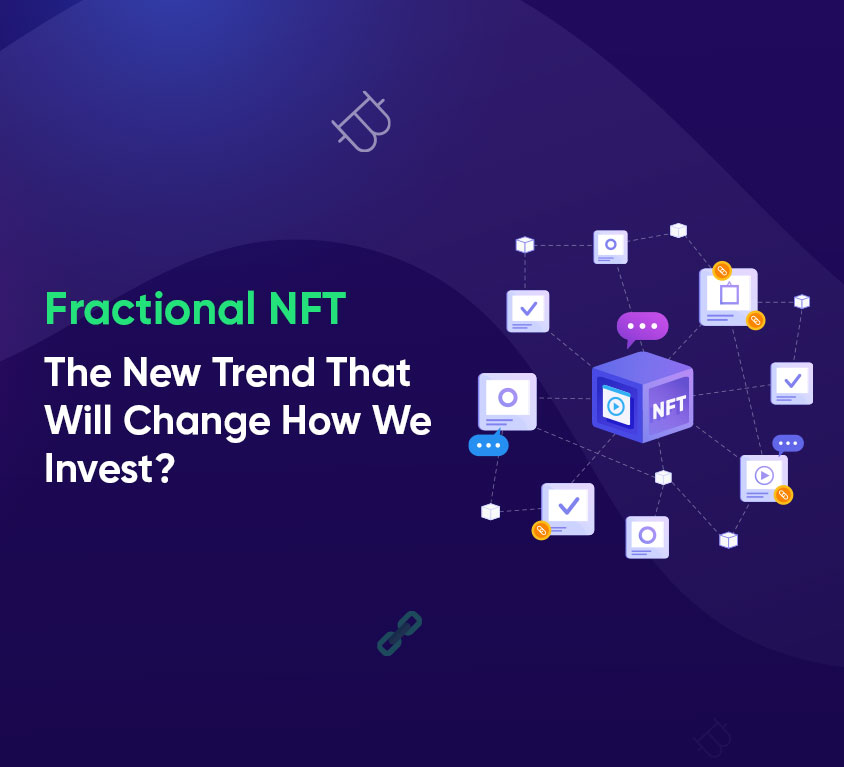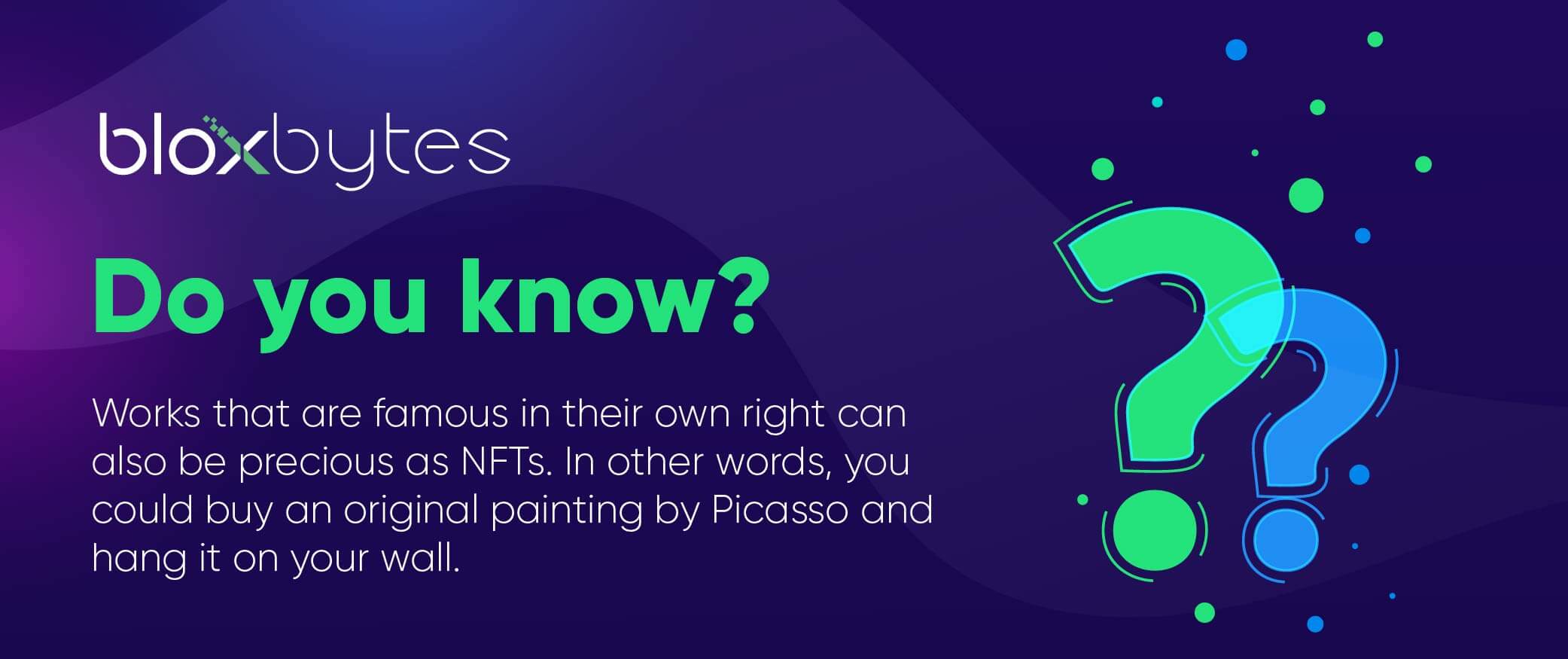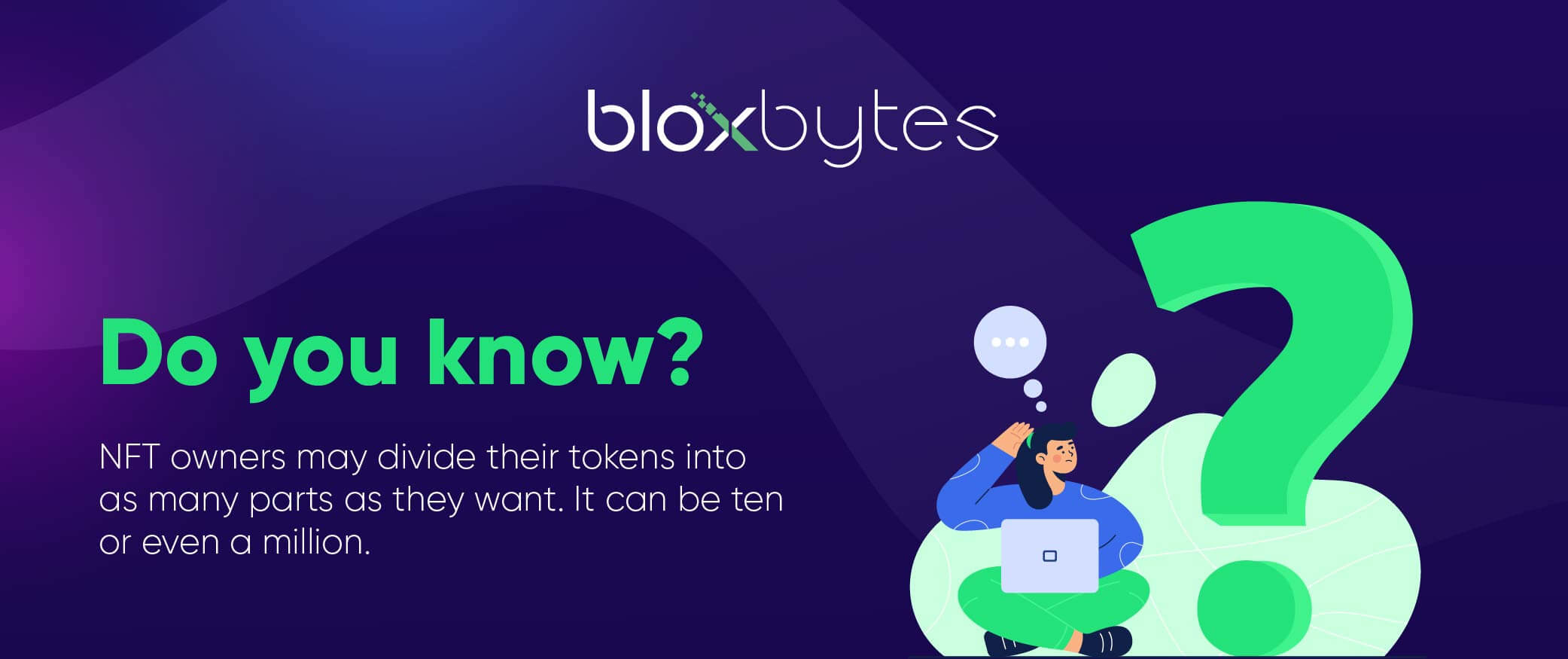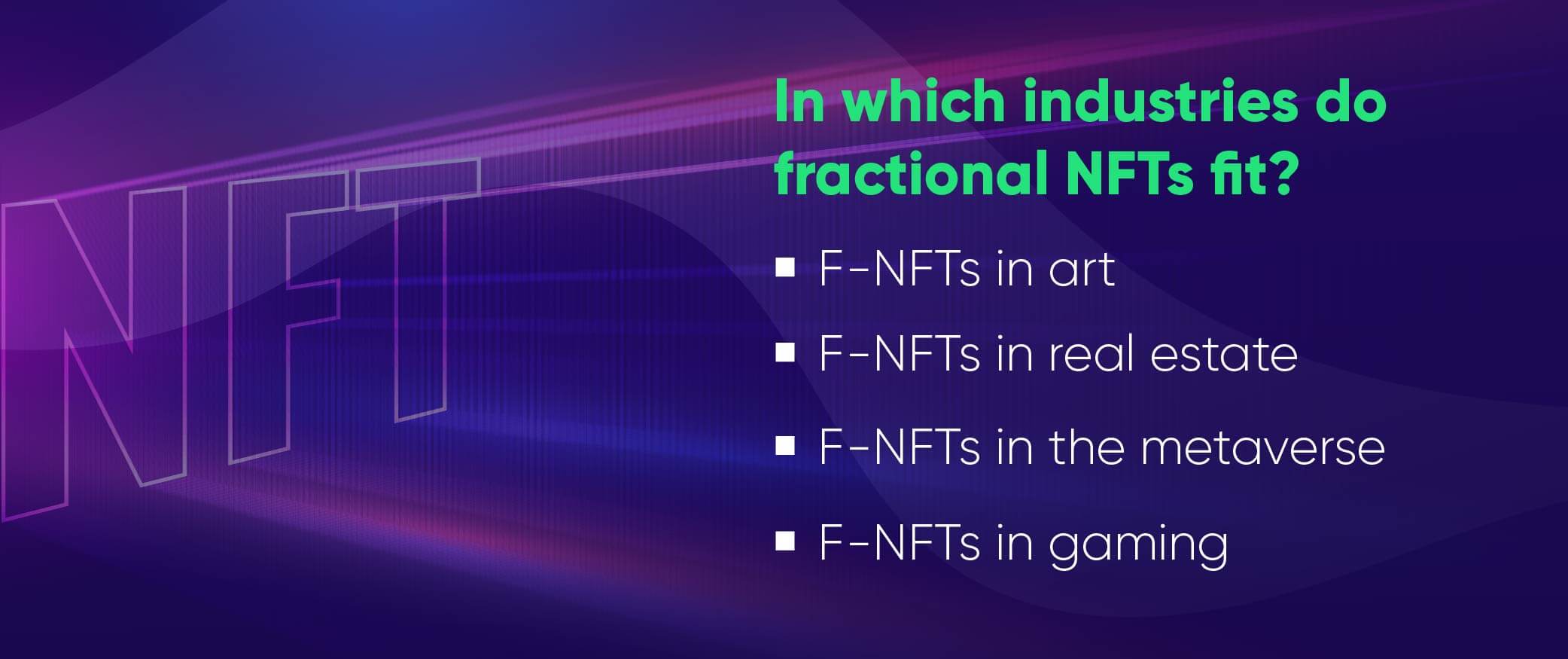
Introduction
Web3 & Blockchain Consultancy :
Fractional NFT: The New Trend That Will Change How We Invest
Today, it’s remarkable to see how far NFTs have come. The question everyone might have is, where will they go next? But, It’s hard to tell. We can confidently say that these assets are gaining more adoption by the day. The real question is, “Will they retain their use and continue to thrive in the future?” This blog will delineate the new trend of Fractional NFT and its future possibilities. Fortunately, the blockchain boom has given us digital currencies and a way to improve the art world. The new open-source NFT standard is a trustless approach to creating digital art. It provides an alternative model that artists can consider in terms of how they are compensated for their work and allows them to sell their art through a global network.The Role of Blockchain
Who knew owning digital things could be so popular?
This article aims to give you an inside scoop on NFTs and what you need to know about them.An overview of non-fungible tokens, their use cases, and drawbacks
Non-fungible tokens (NFT) are digital licenses proving your NFT ownership of a physical or digital asset. The most popular NFTs are based on the ERC-721 standard, meaning each is unique, non-interchangeable, and provably rare.ERC-721
ERC-721 tokens are incredibly popular and influential in many cases but come with a liquidity problem. In addition, this system can be challenging to off-load assets from as they are non-fungible; every token is unique. Because NFTs are unique and rare, collectors may be willing to pay more for them initially. However, when the original owner gets tired of accounts people buy those items and do not care about the ownership and sell them at a profit. It’s hard to predict whether the latest NFT will rise in value as its owner had hoped. But the apparent liquidity problem is that a single expensive token could be more liquid because transactions must occur for users to buy or sell the cryptocurrency at a given time. The cost would probably go up if you split an expensive NFT into multiple fractions. As a result, each bit will be available for many users rather than just one buyer in an auction environment, which might depress prices.
What are Fractional NFTs, and how do they function?
Now, you know that splitting an NFT can create Fractional NFT and if you get or buy an F-NFT, you only become the owner of a small portion or fraction of that more considerable asset’s value. In cases where the value of an NFT is high, it’s more economical to use a fractionalized token than to buy the whole thing.The process of fractionalization of the non-fungible token is below:
- An NFT is minted as an ERC-721 Token protocol and locked in a smart contract by the creator.
- The NFT issuer determines the number of sub-tokens that will be created and sets their price.
- The smart contract fragments the ERC-721 token into interchangeable units.
- You can sell ERC-20 tokens at a fixed price and represent fractions of the original NFT.
- Collectors purchase Fractional NFTs and can sell them at any time, which doesn’t affect the value of the original token.
 BloxBytes is a web3 development company that has expertise in developing different token standards from ERC-721 to ERC-20 and ERC-1155.
BloxBytes is a web3 development company that has expertise in developing different token standards from ERC-721 to ERC-20 and ERC-1155.
NFTs: Fractional NFT vs Regular: What’s the difference?
Fractional NFTs represent ownership, but only as much of that ownership share as is necessary for the system. Imagine a digital asset registry where the owner has legal control over who owns what assets. Fractionalizing an NFT can create many small pieces of a giant puzzle. Several other editions have been modified from the original when you offer a limited edition of an NFT. For example, suppose you have created a drawing of a tiger crawling across the surface of blue water. You may modify the color scheme of your work and sell it as an edition of your original NFT. F-NFTs are not different instances of the same NFT but parts of a larger picture.Primary advantages of NFT fractionalization
Fractional NFTs can improve liquidity, drive down the cost of investment and expand access to DeFi.Let’s look at each of these advantages in detail.
-
Higher liquidity
Fractionalizing traditionally illiquid assets, like real estate and luxury goods, can make them more liquid by turning them into non-fungible tokens (NFTs). When you divide your NFT into multiple ERC-20 tokens, sold individually and advertised in the community, it becomes a much more popular property.
-
Affordable investments
Fractional NFTs lessen the barrier to entry for new investors and open up opportunities for all types of investors. While their possibilities may be limited and new to the NFT world, investors can still join in with this trend of investing in valuable tokens backed by tangible assets.
-
Quicker and easier NFT price estimation
Yes, F-NFTs can speed up digital asset market valuations significantly. Asset owners can start by selling tiny fractions of their tokens and sell more as needed. As more buyers purchase NFTs or set their selling prices, the seller can understand what a whole token is worth.
-
More monetization opportunities
You can sell your art in fractions as a content creator or owner. If you run an NFT market, introducing fractional ownership will help attract more investors.
-
Easier integration with Defi solutions
DeFi applications and protocols can use F-NFTs because ERC-20 tokens back them.
Additionally, NFT buyers can use this new asset class to diversify their investment portfolios and collect unique digital objects. Buyers can purchase fractional ownership in a work of art or an asset. If that piece’s value rises, so makes the buyer’s investment.

Thoughts on the future of fractional NFTs
Investing of all sizes has already noticed asset fractionalization, a relatively recent development in cryptocurrency. Fractional NFTs can also make it easier to set the price for a non-fungible token (henceforth known as “NFT”) and unlock new monetization opportunities with accessibility benefits.There are two possible scenarios for NFTs and F-NFTs:
They may be regulated in a way that enables them to flourish, or the market will cool down with illiquidity fears becoming a reality.- The phenomenon will gain popularity if more development companies create Fractional NFT marketplaces and if more NFT creators decide to offer fractionalized assets.
- Unless something changes, F-NFTs will likely go further but will not disappear completely.